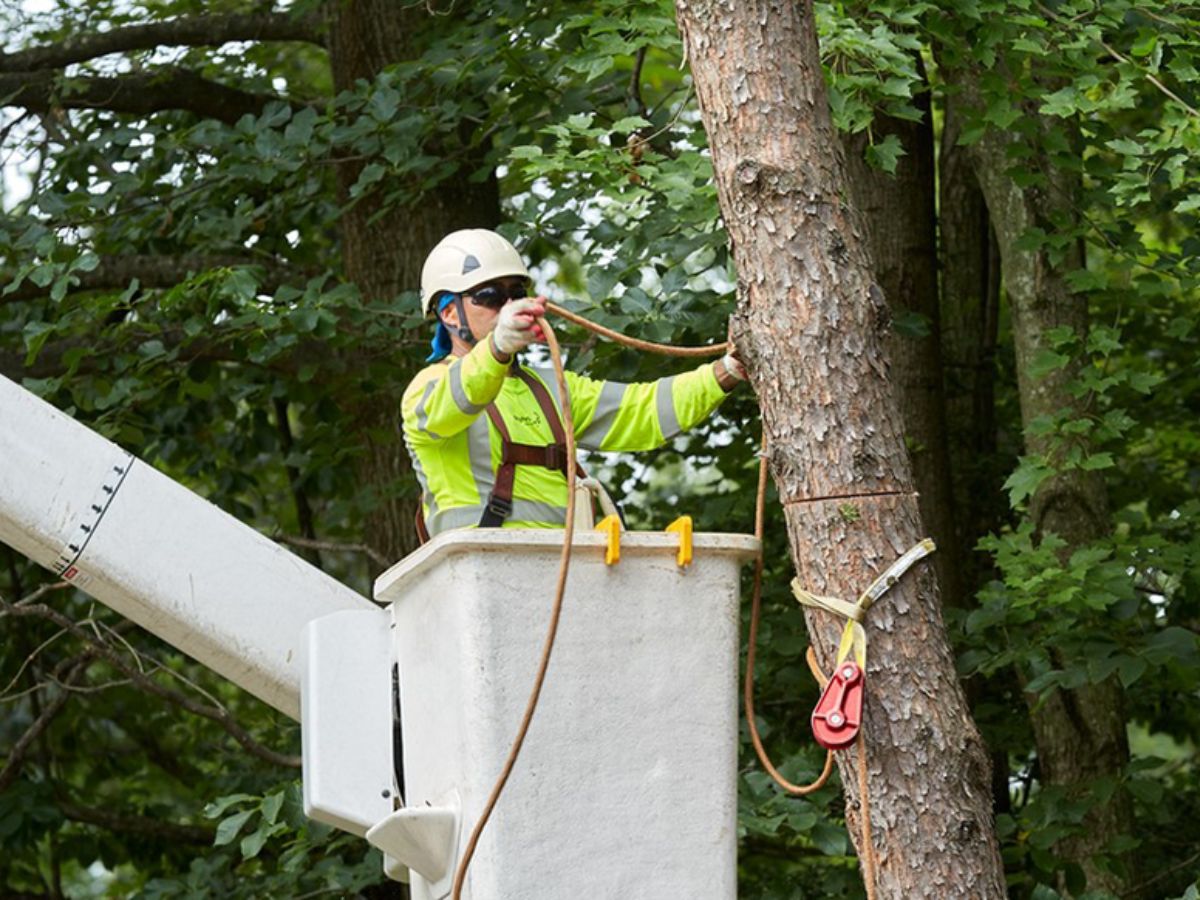Tree Removal Burbank
Trimming is done mainly for the sake of look, while pruning is done for the sake of health. Numerous kinds of devices are used for trimming depending upon the scale of operation and the size of the trees and shrubs being cut. The devices utilized generally includes hand tools or power tools.
In most cases, a chain saw is utilized to cut off large branches, while shears and loppers are used to prune the smaller branches. Shrubs and little trees can be pruned using handheld shears. The most efficient tools for this job are the long-handled loppers, which resemble large, durable scissors.
Tree Removal Burbank
Pruning cuts can promote new development that, unfortunately, will be eliminated as temperatures drop to freezing. Trees and shrubs lower their energy production as the growing season ends, so new growth in fall will utilize a plant's stored energy reserves. Dieback from a freeze indicates that energy utilized for this development was squandered.

These buds remain dormant through cold weather and bloom the following spring. If you remove these dormant buds, you run the risk of losing springtime flowers and the plant is forced to utilize more energy to produce replacement buds for foliage. Rhododendrons and conifers are best pruned in late summer season before they set buds for the next year.
Tree Pruning Burbank
Notification the shoots growing the whole time the branches as this tree attempts to recuperate from heading cuts. One of the most common pruning errors is the flush cut. This occurs when you cut a branch off flush with the bark of the tree trunk or bigger branch to which it's connected.
Due to the fact that the plant can not close over the wound, a flush cut leaves an opening for pests and pathogens to get in the plant and damage or eliminate it. Determine the branch collar, an enlarged area around the base of a branch, and cut just beyond it. A pruning cut made here stimulates the tissue in the branch collar to grow over and seal the wound.
Burbank Tree Trimming
Heading cuts, especially on large branches, are harming both structurally and visually. A heading cut chops off completion of a branch at an indiscriminate point, or at a branch junction that leaves only a small side branch growing in another direction. If you make a pruning cut at an indiscriminate branch point, it stimulates the growth of many small branches around the wound that are not strongly attached and do not follow natural branch development.
If you've ever seen a forsythia that's been sheared or a topped tree, then you know that heading cuts normally do not exercise well. The mass of spindly branches that erupt from the cut branches not just look bad, but they're vulnerable to breaking off and will need more frequent pruning to keep them in check.
Tree Service Burbank
The 3-cut pruning technique ensures that larger branches are cut off cleanly, without any broken bark. We frequently see broken bark on trees that have actually had large branches gotten rid of by a non-professional. Usually, that's since they made the common pruning mistake of cutting off the branch with only one cut.
This will serve as a barrier, preventing a bark tear if the branch falls while being cut. Second, cut through https://www.aboutinsider.com/benefits-of-tree-trimming-in-new-orleans/ to 4 inches beyond the branch collar, getting rid of the branch and leaving a stub. Cut the stub off by cutting through the branch simply beyond the branch collar.
